
Hurricane season is a critical period for Puerto Rico, and being prepared can make the difference between safety and danger. In
A Electric generator It is as useful and functional as it is complex. Its operation takes advantage of incredible physical principles, and the parts that allow it to generate electricity are also incredible. Maybe you have ever wondered how an electric generator works? What is its maintenance like? EITHER What are the parts for electric generators? Here's what you need to know about it.
Bearing in mind that our daily activities depend to a great extent on the electricity supply, an electric generator provides a truly invaluable service when the current goes out for some reason. An electric generator is an indispensable machine for those places where the supply of electrical energy is inconstant or even non-existent.
The advantages offered by an electric generator are self-evident. But you should know that, as with all machines, Electric generators cannot function efficiently if they are not properly maintained. And this maintenance does not mean anything other than the care of all the parts for electric generators; that is, that all its parts are in perfect condition.
On the other hand, to fully understand the importance of maintenance and what are the pieces for Electric generators, you have to take a quick look at how it works. If you are interested in purchasing one, we invite you to consult our catalog.
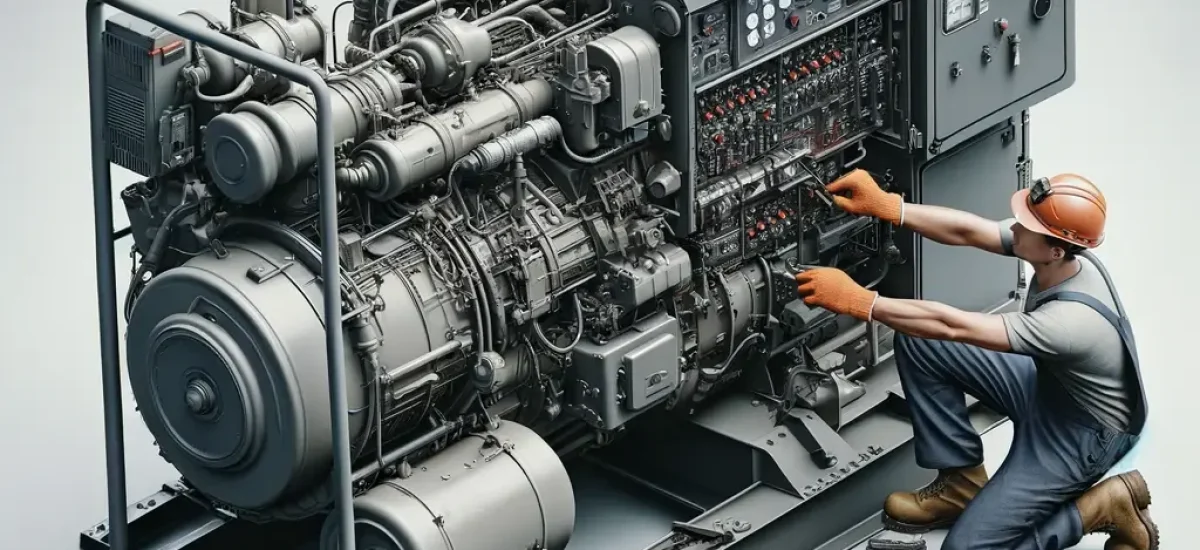
An electric generator is basically a machine that converts the mechanical energy of a motor into usable, powerful, safe and reliable electrical energy. There are several types, with very different technical specifications, designed to meet different needs.
However, it doesn't matter if it's a gasoline, diesel, or gas generator, or whether it generates just a few hundred watts or several thousand. All electrical generators apply the same physical principles.
Its operation is basically simple. At first, a engine harnesses the chemical energy of fuels. It gives rise to mechanical energy, concentrated in the rotary movement of an axis. In a second moment, this mechanical energy is transferred to the alternator, whose components enable a phenomenon called electromagnetic induction, thus generating electrical energy.
Following Faraday's law, the faster the shaft rotates (ie, the more mechanical energy the alternator receives), the more resulting electrical energy there is. This is a very reduced explanation of the whole process, because you should know that, for it to be possible and efficient, each of its parts must work integrally.
We see, then, that in the operation of a generator it is possible to distinguish two moments, depending on the type of energy present in each one (mechanical energy and electrical energy). In this way, we can also distinguish its main parts.
The motor is, so to speak, the heart of the electric generator. Here originates the mechanical energy that will later be transformed into electricity. The engines of our models are diesel, which means very high thermal efficiency. They are powerful motors, between 60 and 80 HP, which allow an angular speed of 1800 rpms.
As for electricity...
The alternator, in turn, is made up of two fundamental parts. On the one hand we have the stator, which, as its name indicates, is a static piece inside which there are components that conduct electricity. On the other hand, we have the rotor, which, together with the shaft of the internal combustion engine, rotates inside the stator.
This movement of the rotor within the stator stimulates the movement of free electrons in the conductive material of the rotor, which results in the generation of electrical energy.
However, as you might guess, these are not the only parts of an electric generator. In this powerful machine many systems are needed for optimal power generation In every sense of the word. We have, then, some complementary systems, which improve both the performance and the useful life of the machine. The most important are:
This system is responsible for the supply of fuel to the engine, with which it works. As you know, to generate electricity, the alternator must receive mechanical energy from the engine.
Thermal efficiency is one of the virtues that a machine that bases its operation on the combustion process must have. The cooling system optimizes the performance of the electric generator.
For the engine to work perfectly, for the fuel to be fully used, the parts of electric generators must be perfectly lubricated. Thus, the lubrication system is also responsible for extending the useful life of the electric generator.
The principle of electromagnetic induction and Faraday's law indicate that the greater the angular velocity, the greater the current is generated; that is to say, that the frequency of the current depends directly on the speed of the rotor. To avoid current spikes, it is necessary to regulate the voltage. The voltage regulator fulfills this function.
Through the control panel, the power that we require from the machine is managed and administered. There, the complete and detailed information about all the systems is shown, to be aware of the general status of the electric generator.
Of course, the electrical generator is a highly complex machine. As you already know, many systems that work in an integrated way are involved in its operation. Eventually, it is possible that some of these systems present harmful alterations, which end up hindering or even preventing the energy supply that the generator finally offers.
No machine is perfect. No machine is exempt from possible malfunctions. These faults can have different origins, from lack of maintenance or misuse of the generator, and even (although unlikely, as the one-year warranty on our models demonstrates) manufacturing defects.
But you should not worry about a possible malfunction. They all have a solution. The first measure to take care of an electric generator is maintenance. Second, the replacement of electric generator parts that naturally tend to wear out. In the market there are innumerable spare parts or pieces that will come in handy in case you need to supply a replacement.
Normally, the parts for electric generators that need to be changed are:
As you already know, this piece is responsible for providing information and allowing the management of the generator's operation. It is possible to replace them to improve access to information about sensors and control over the different systems.
You already know how a voltage regulator works. This is one of the most important parts in the operation of the Electric generator. On the market it is possible to find increasingly sophisticated models, specially designed to control the speed of Diesel engines, which are particularly powerful.
It is possible to change the alternator in its entirety, if it is considered necessary. It is normal for its components to wear out after a long time of use, so it is advisable to carry out regular maintenance to avoid replacing them.
Being a machine that handles very high numbers in power generation, up to more than 60kW, it may happen that its electrical and electronic components suffer from eventual power peaks. Its replacement does not suppose major inconveniences.

Hurricane season is a critical period for Puerto Rico, and being prepared can make the difference between safety and danger. In
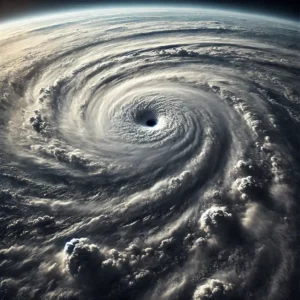
Understanding how a hurricane forms allows us to be one step ahead and prevent the devastating effects of these natural phenomena. Especially in areas
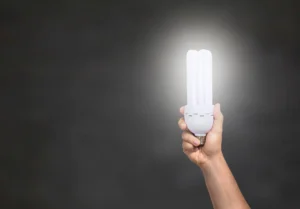
In a world where energy efficiency is increasingly a priority, learning to save energy has become a crucial need for both
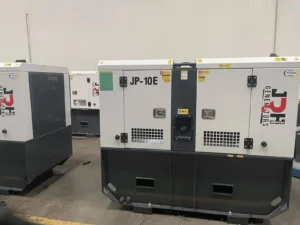
In a world that doesn't stop, the need for a reliable and continuous power source is more crucial than ever. At JRH Power
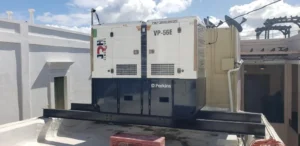
Have you ever wondered how electricity becomes a constant in our lives, even in the most critical moments? At JRH Power
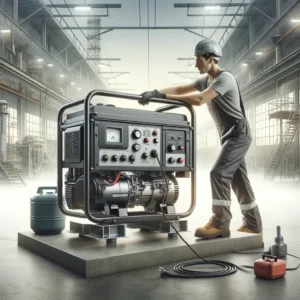
In our modern world, where electricity is vital, power outages are a frequent reality. Know how to connect a generator to the house